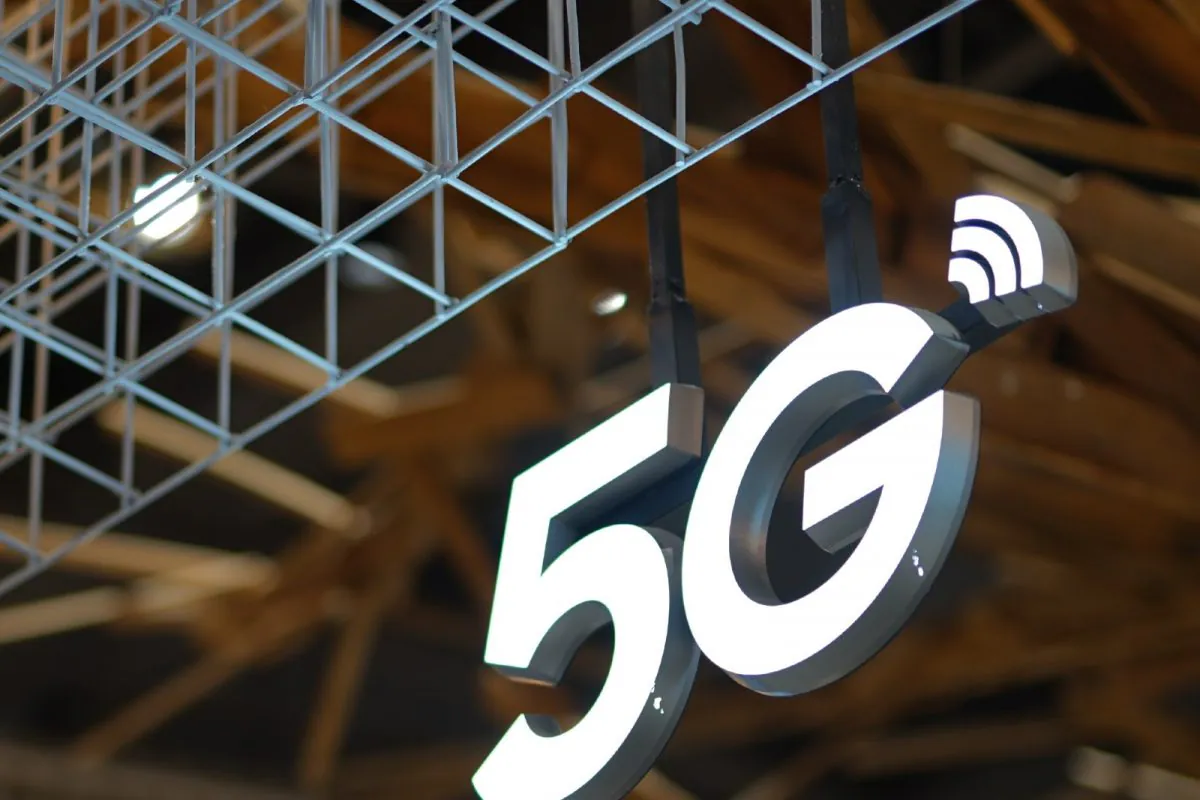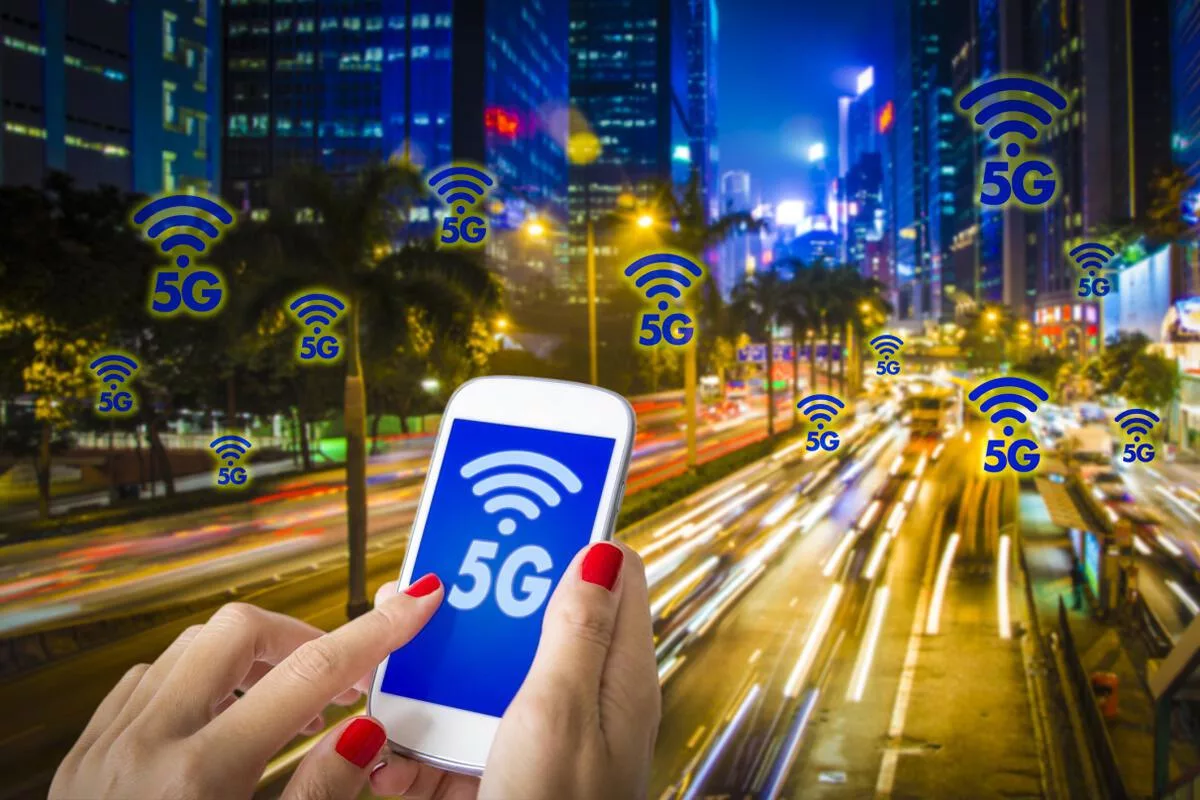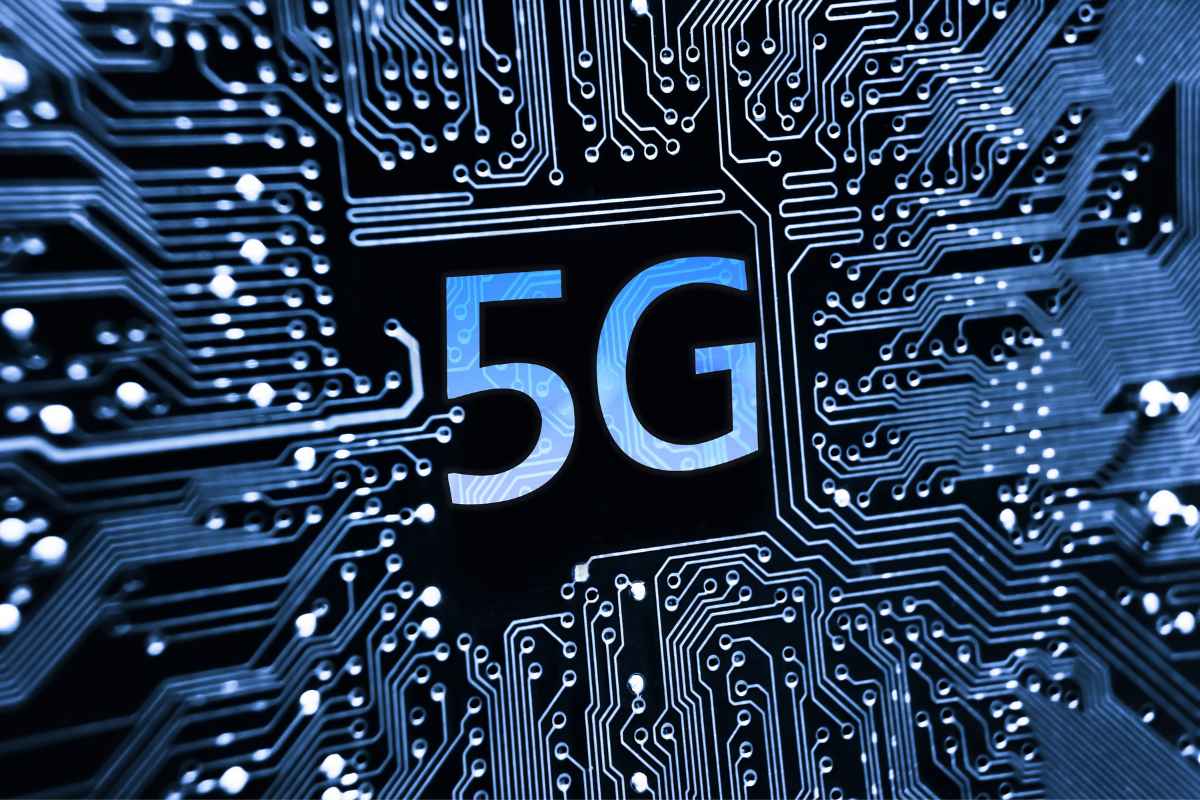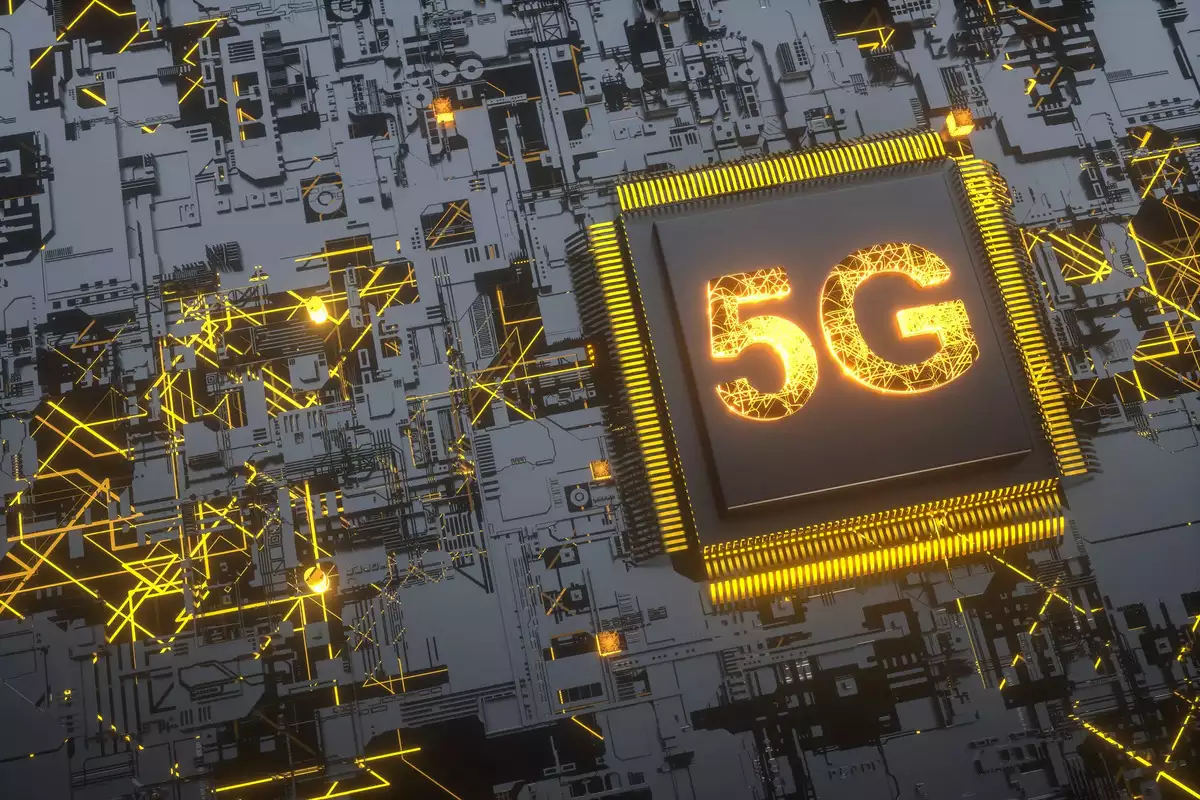Government-Recognized Startups Can Use 5G Test Beds Until 2024 For Free
Government-recognized MSMEs and startups can now use the 5G test bed facility accessible, extending the program by a year from January 2023. Aatmanirbhar Bharat and Make in India goals will be achieved by utilizing the test bed for free for six months up to January of this year.

Government-Recognized Startups Can Use 5G Test Beds Until 2024 For Free
Developers test software modules in a controlled environment without affecting live servers in software testing. Various stakeholders in 5G may use this facility at a very minimal cost, including industry, academia, service providers, R&D institutions, government bodies, and equipment manufacturers.
The 5G market is in its infancy in India, but businesses are discovering its potential in manufacturing automation, process management, private networks, and more.
A 5G test bed in India has been announced recently as a step toward becoming self-reliant in that direction.
Project participants will have access to an end-to-end test bed for testing and validating their 5G equipment.
For testing and validating their products, Indian startups and industry players would have to head abroad without the indigenous 5G test bed.
Developing a fully functional 5G stack will be essential for the rollout of India’s 5G standard, 5Gi, via an indigenous 5G test bed. Aatmanirbhar Bharat is promoting the use of test beds in order to boost the development of indigenous products and technologies.
There are already a number of startups and companies using the test bed for the testing of their products and services. As part of the 5G adoption program, the department approved a grant of Rs 224 crore in March 2018.
Prime Minister Narendra Modi announced in May 2013 the launch of a 5G test bed facility for enterprises to validate 5G products and solutions.
In addition to IIT Madras, IIT Delhi, IIT Hyderabad, IIT Kanpur and IISc Bangalore, the test bed is available at five locations.
Compared to CEWiT, IIT Hyderabad provides gNB Testing, UE Testing, an end-to-end test bed, and NB-IoT testing.
Indian Institute of Science Bangalore hosts open-source V2X and 5G test beds, Indian Institute of Technology Kanpur hosts NB-IoT and VLC test beds, and IIT Delhi hosts NB-IoT and VLC test beds.
This test bed allows Indian society to experiment and demonstrate 5G networks, ITS, and smart city applications.
A list of 43 startups and MSMEs had been approved to receive grants worth more than Rs 50 crore for developing 5G core technologies, RAN, NMS, IMS, chipsets, devices, and ICT solutions.
The DoT approved an INR 224 Cr grant in March 2018 towards the construction of a 5G test bed.
Eight institutes have collaborated to develop indigenous test beds, including the Indian Institute of Technology Madras, the Indian Institute of Technology Delhi, the Indian Institute of Technology Hyderabad, the Indian Institute of Technology Kanpur, the Indian Institute of Science Bangalore, and the Canadian Centre of Excellence on Wireless Technology.
By December 2023, Airtel and Jio intend to offer 5G services across the country. Also, Vodafone Idea (Vi) and BSNL will begin offering services soon.
By the end of 2022, India will have 31 million 5G users; by 2028, that number will grow to 690 million.
Indian Semiconductor Market
India is predicted to emerge as a major player in 5G, semiconductors, live sports, and AVOD between 2025 and 2028. By 2026, it expects the Indian semiconductor market to be worth USD 55 billion.
The Indian satellite broadband and communication market will grow and expand with the development of new use cases and the growth of data consumption.
Over 60 per cent of the Indian semiconductor market is driven by three industries – smartphones, wearable technologies, automotive components, and computing and data storage.
By 2030, the industry will generate employability for 6,00,000 and expand to a market size of USD 85 billion, creating value for the global value chain. Semiconductor chip shortages have made this industry even more valuable.
Due to geopolitical threats, fluctuating OEM demand, natural disasters, and economic sanctions revealed the underlying risks in the value chain.
Despite these factors, however, India is also positioned as the next manufacturing hub based on these factors.
The sector is also expected to attract investment and talent, as well as bilateral relations focusing on supply chains, resilience, and localization setting in India due to key factors such as the increase in semiconductor content, 5G and IoT, and data storage requirements.
By 2027, the Indian sports market will reach USD 100 billion, up from USD 27 billion in 2020, a growth of over 20%. The new talent and government initiatives will spur the growth of diverse sports in India.
It is an excellent time to take advantage of edge computing and 5G technology to improve their agility, competitiveness, and operations as India strengthens its telecom and data centre infrastructure, coupled with the availability of a wide variety of approaches to deploying private networks.
edited and proofread by nikita sharma




